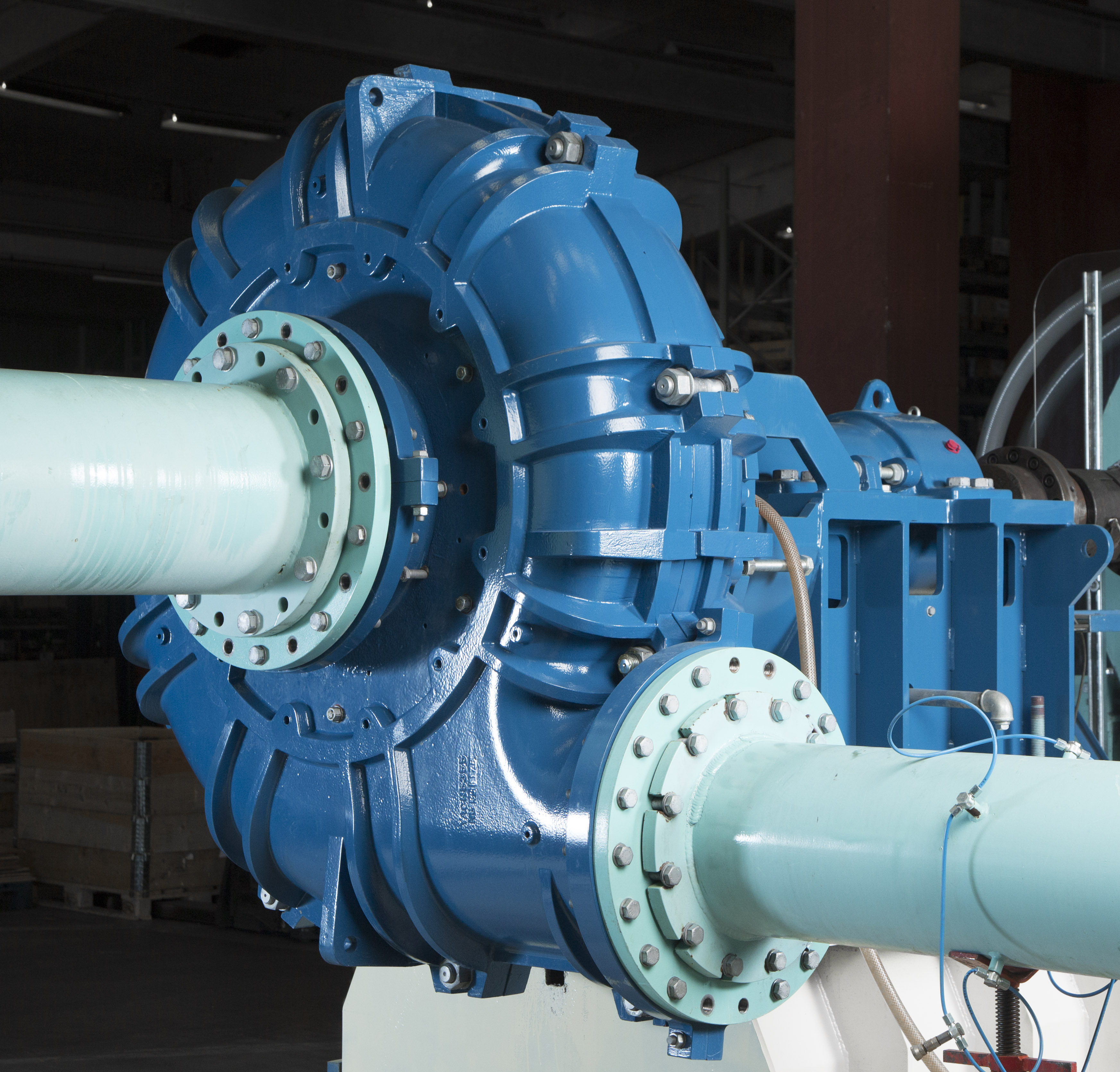As a minimum, it is normally required to have both the flow and head of the duty. This will allow for a very basic selection using the available pump curves. It is worth keeping in mind that published curves from manufacturers are based on clean water. This is due to the many various slurries that are available, which would require manufacturers to supply thousands of curves and would not be feasible. This is where manufacturer pump sizing tools come in handy, such as the Metso Outotec PumpDim™ tool, which takes the supplied slurry data and system information to provide an adjusted ‘slurry curve’. This results in the tool providing an optimal pump recommendation for the operation.
However, no matter how good a calculation tool is, the result is dependent on the data that is provided. The saying, “Rubbish in means rubbish out,’ is very relevant here. Depending on the abrasiveness of the application, pumps have a sweet spot in which they like to work.
This is called the preferred operating range, which is a percentage of the best efficiency point (BEP). The more abrasive the application, the smaller this sweet spot becomes. To simplify things, these ranges are organized into service classes as determined by the Hydraulics Institute and uses the average particle size (d50) and the slurry specific gravity. Starting at Service Class 1, which is essentially a water duty, and making its way up to the very highly abrasive Service Class 4, which would be like a Mill Discharge application. Using these service classes, we can determine the correct pump to be used along with ensuring the speed of the pump is also correct.
The duty/service class is also used to provide recommended limits for other calculations such as stage pumping and impeller tip speeds.



